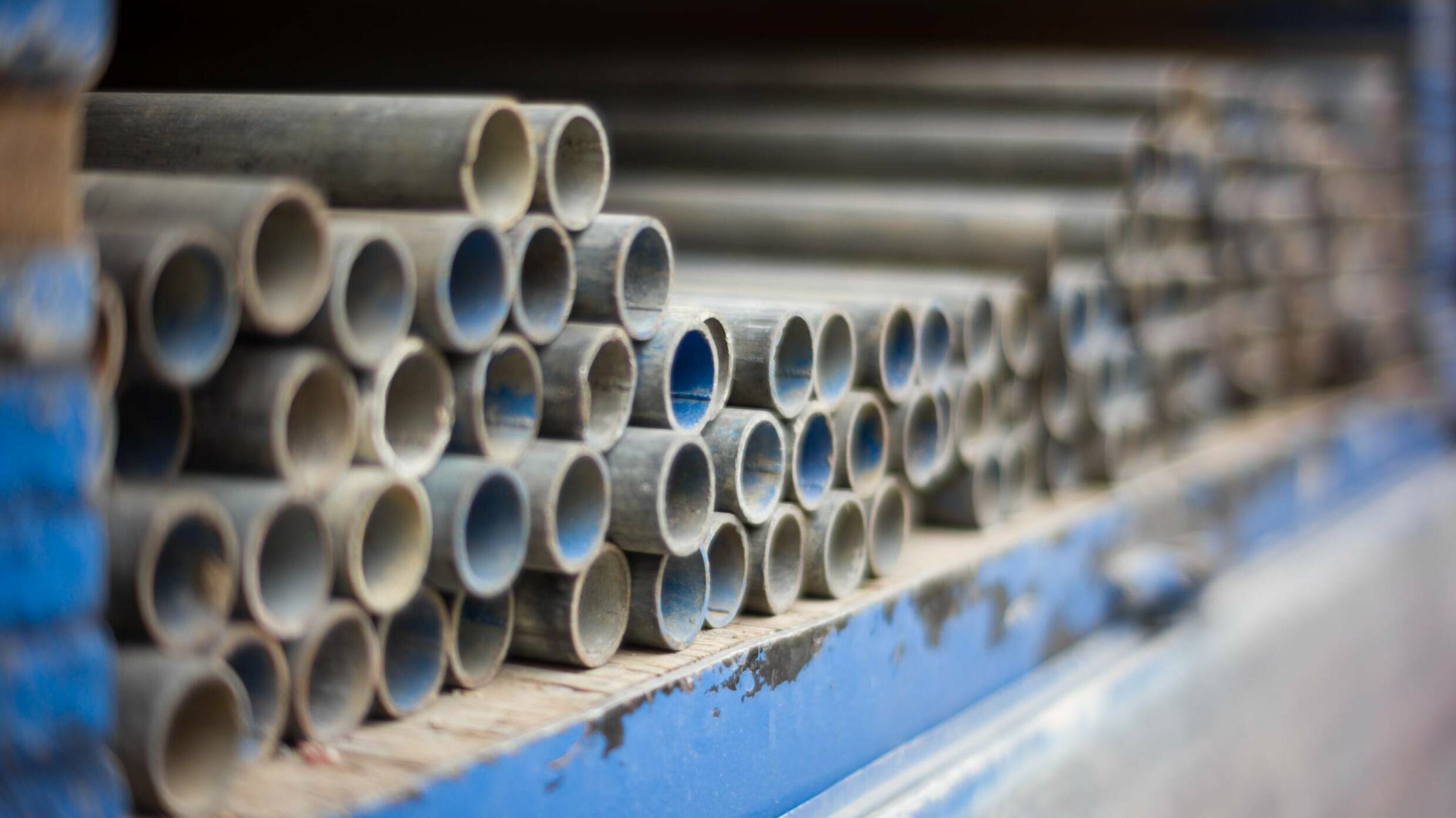The ongoing corporate jousting for U.S. Steel has created another round of uncertainty for American industry. The fate of the venerable 122-year-old firm remains uncertain, but buyers of steel face a supply chain crisis, trade data suggests.
The U.S. has fallen to fourth in the world in steelmaking, at around 86 million tons, behind China at over a billion, India at 118.2 million and Japan at 96.3 million.
The U.S. still exports a fair amount of steel. In the first six month of 2023, it shipped out $10.7 billion worth. That was down 5.3% from the same period of 2022, but roughly the same levels as 10 years ago. It increased exports to Mexico, its top partner, 12.6% to two million tons.
The U.S. however, has been cutting steel imports. Its imports fell 20.3% to $12.5 billion in the first six months of 2023.
However, the bigger sector of the U.S. economy is not making steel but buying it, in the form or raw steel or parts, to make cars, trucks, tanks, washing machines, food cans and many other essential goods.
In the first six months of 2023, the U.S. cut imports of articles of iron and steel 7.5% to $26.1 billion. The biggest supplier was the world’s top steelmaker, China. But shipments from China declined, falling 33.8% to $5.3 billion. Imports from Mexico were flat at $4 billion. Imports from Canada increased 12.1% to $3.2 billion. But Canada is the world’s 19th biggest steelmaker, producing only 13 million tons a year.
The auto industry is U.S. Steel’s top customer, and with a boom in electric vehicles under way, it has been placing voluminous orders.

One of the possible suitors for the company, Cleveland-Cliffs, is the only other company in the U.S. which makes steel in a blast furnace, a technology that produces a high-grade steel preferred by the automotive sector. That risks driving up prices and limiting choices for buyers, including the auto industry.
With geopolitical tensions flaring with China, buyers of steel in the U.S. face the prospect of losing access to their best supplier, while simultaneously facing a supply crunch at home.
That is likely to send them looking for steel and steel parts in some unconventional places.
In the first six months of 2023, the U.S. increased imports of steel from Germany 27.8% to $1.1 billion, Japan 19% to $974.1 million, and Italy 55% to $915 million.
For more info, email Trade Data Monitor at [email protected]


